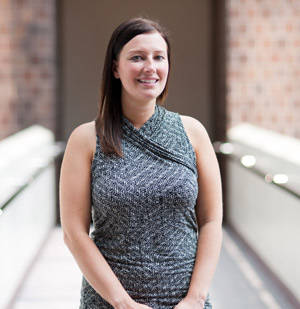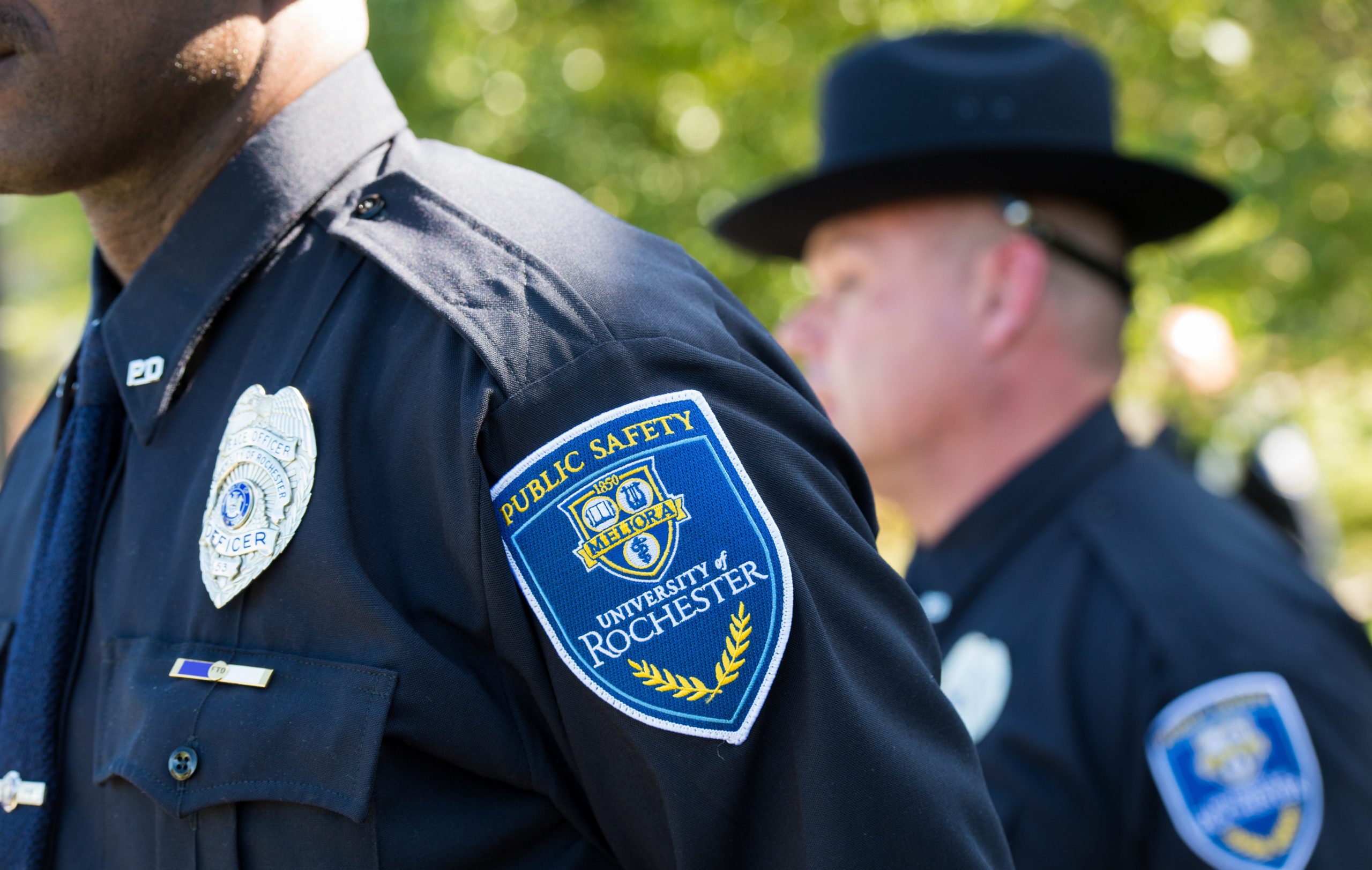
Starting this fall, students will be invited to participate in the University’s CARE Network.
Established two years ago, the program is designed to “identify students who are in, or heading toward, distress.”
Members of the University community who have become concerned for the well-being of particular students are encouraged to submit reports online to the network. Each report is reviewed by Erin Halligan, assistant director for student support services, who also consults with a small advisory group to determine how campus resources can be used to help meet the needs of the student.
“The CARE system fits naturally into the College’s efforts to help all our students succeed,” says Richard Feldman, dean of the College. “We recognize that some students will experience various difficulties along the way. We do have a variety of offices on campus that can provide help of different kinds—counseling, advising, and so on. Often students who need some kind of help come forward and request it.
“But sometimes they don’t. The CARE system is designed to help us identify those who don’t.
“And if students are able to provide useful information, we’d like them to do it. Of course, all of this has to be balanced with a need to respect the privacy of individuals.”
This will be the first year students, as well as faculty and staff, are encouraged to submit CARE reports. The majority of CARE users are expected to be River Campus students, Halligan says, but the system is “open to everyone at the University, including those from other schools.”
What should students look for as warning signs that a fellow student is in, or headed toward, the kind of distress they might need help with?
—Changes in behavior or appearance
—Skipping multiple classes or deciding not to complete assignments
—Withdrawal or isolation
—Displays of extreme anger, sadness, or anxiety
—Changes in eating patterns
Eric Cohen, a rising senior in engineering science, learned all about being in distress this past school year.
College became too big for him to handle, he says. An ever expanding list of extracurricular activities—combined with staying up too late, eating too much unhealthy food, and consuming too many energy drinks—took its toll on Cohen, who is a Type 1 diabetic and has problems with high cholesterol. In March, he landed in the hospital with heart problems.
Cohen is not sure who went online, filing a report with the CARE Network that brought him to the attention of Halligan. It may have been his mom; it may have been a teacher worried about the deterioration in his class work.
That’s when things began to turn around, Cohen says. Halligan referred him to University Counseling Services and to the Center for Excellence in Teaching and Learning for help with study skills. Most important, she began meeting with him regularly. “Erin made me accountable for my actions,” Cohen says.
He’s now looking forward to his senior year. “I’m going to continue to meet with her and make sure I graduate,” Cohen says.
More than 500 reports were filed between September 2011 and June 2012. When Halligan assessed students’ reactions to having a CARE report submitted on their behalf, she found that most of them “were incredibly thankful that somebody cared enough about them to file a report. For them it wasn’t a scary experience, but a recognition that the campus community is here to help.”
As part of its Communal Principles Project, the University will stress responsibility this academic year. The CARE Network is one of the most tangible ways the University community can demonstrate that, Halligan believes. “Part of being a responsible community is looking out for one another.”
How can students file a report?
By going online at http://rochester.edu/CARE/ and clicking the link “Submit a CARE report.”
What happens when they do so?
Typically, Halligan, a certified counselor and doctoral candidate in the field, does an initial assessment of the relative severity of the situation, then consults with a small advisory group to determine the appropriate referral.
Sometimes, no action is required. If a student confronted with a death in the family is brought to Halligan’s attention, for example, the best approach may be to have the concerned person who filed the report keep a watchful eye, Halligan explains.
That’s why students who submit a report will be asked to provide their names. Confidentiality will be honored whenever possible.

